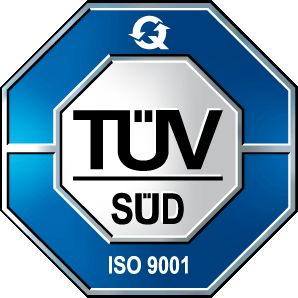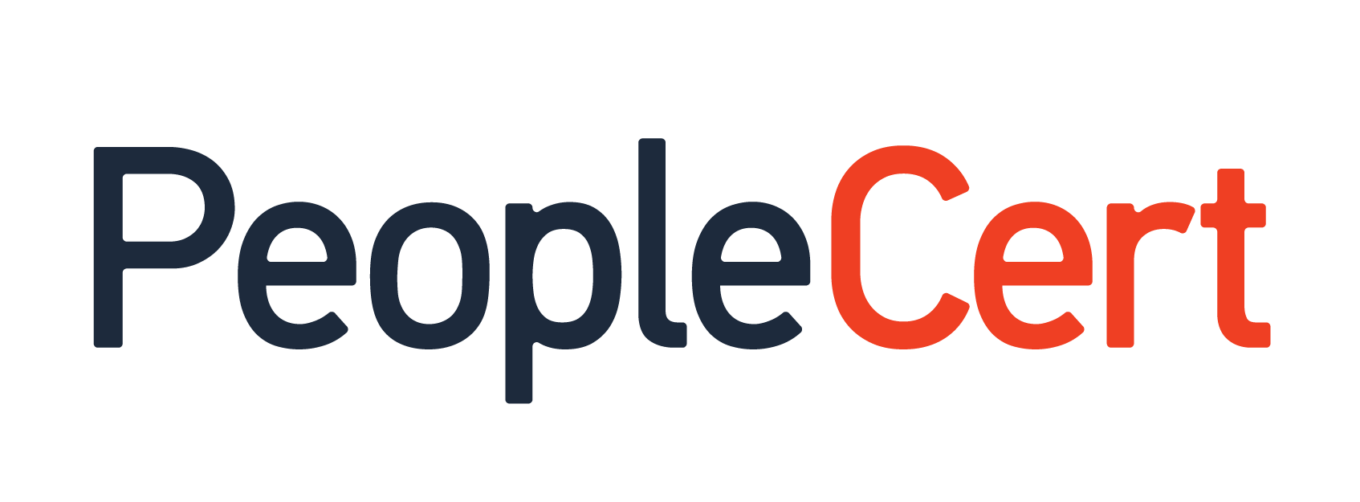How to optimize your work in Asana
Tips and tricks for maximum efficiency
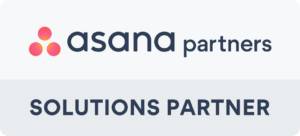
Spis treści
Harness the full potential of Asana for project management
Asana is one of the most popular project management tools that can significantly increase your team's efficiency. However, in order to get the maximum benefit from it, it's worth learning the best practices that will help you optimize your daily operations and eliminate unnecessary delays.
Select best view of project in Asana
Asana offers a variety of views tailored to different methodologies in project management. They allow you to organize your work more effectively and track progress.
Timeline view (Gantt)
Ideal for classic and hybrid project management methodologies, it allows you to visualize the schedule of activities to avoid delays and better schedule tasks.
Boards Kanban
Perfect for Agile methods, they help you monitor workflow and manage tasks in real time. This allows you to better plan and control tasks at different stages of the project.
View task list
A clear and simple way to manage tasks regardless of the methodology used. Ideal for those who prefer traditional lists.
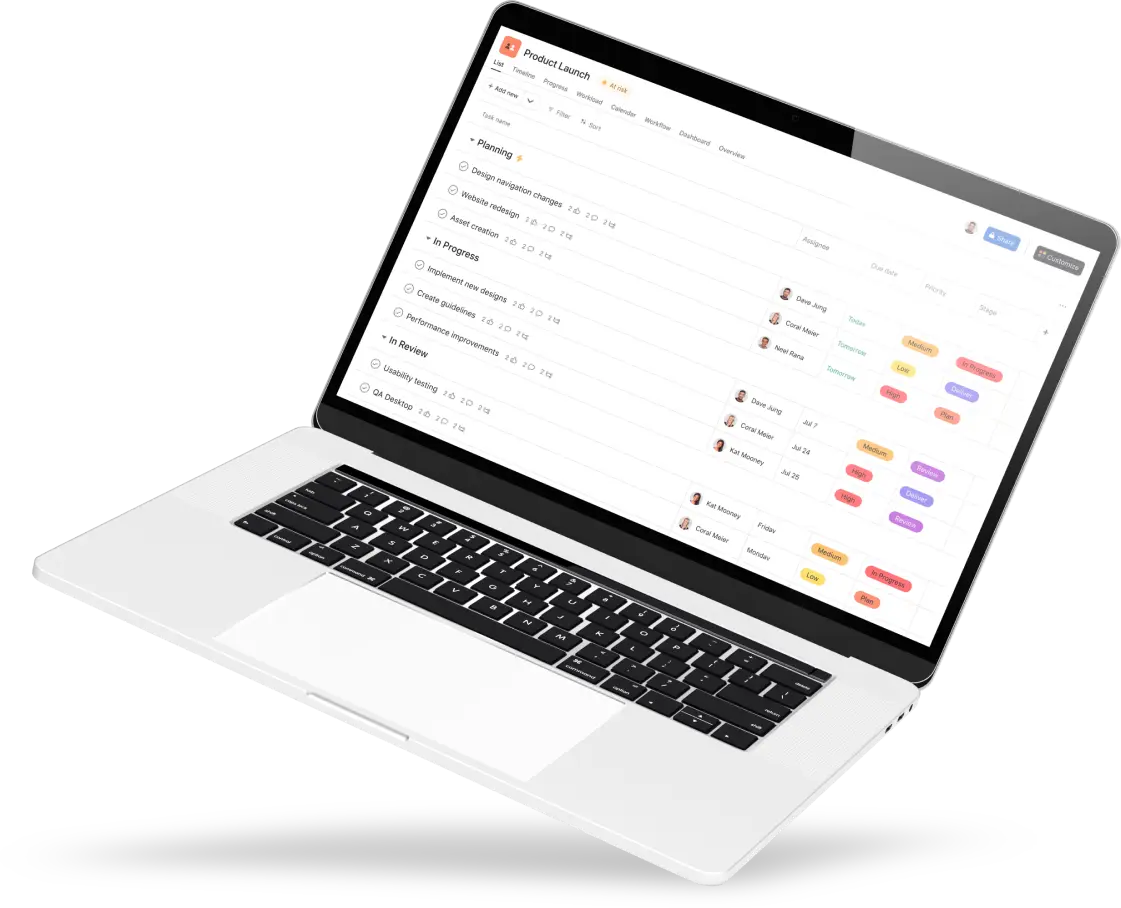

Create project documentation in Asana
Use Asana as a dynamic repository for project documentation. Instead of storing static documents, create "live" documents that are continuously updated and linked to specific tasks. Simply create a project corresponding to a given document and assign tasks related to risks, stakeholders, or lessons learned from the project.
Example of a live document in Asana based on the Project Charter.
Monitoring key indicators using custom fields
Custom fields allow you to add unique metadata to each task, enabling Asana to adapt to the specific needs of your project. Examples of using custom fields:
Cost
Project budget tracking
Estimated work time
Helps improve schedule planning and monitor team performance.

Status
Indicates current progress.
Priority
Helps determine which tasks are the most important.
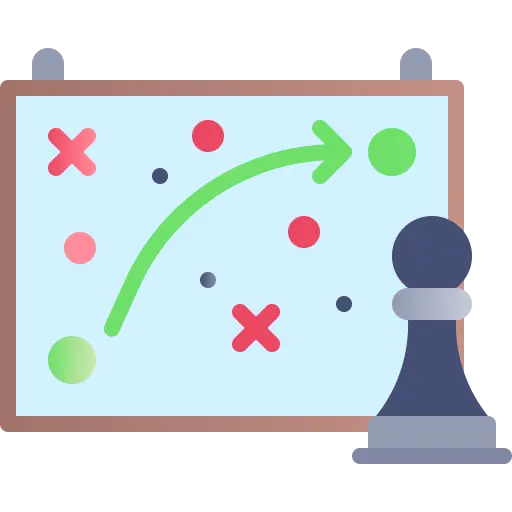
Related risk
Identification of potential threats.
Automation of repetitive tasks in Asana
Automation of recurring tasks helps save time and increase efficiency. Asana is happy to take over the repetitive tasks from us. It's worth spending some time setting them up to get that time back with a great return.
Streamline your daily work by using:
Recurring tasks: Automatically create repetitive tasks, such as weekly reports.
Task templates: Standardizing procedures, such as contract signing or sales meetings.
Automation rules: Creating custom processes where tasks are automatically assigned or moved based on their status.
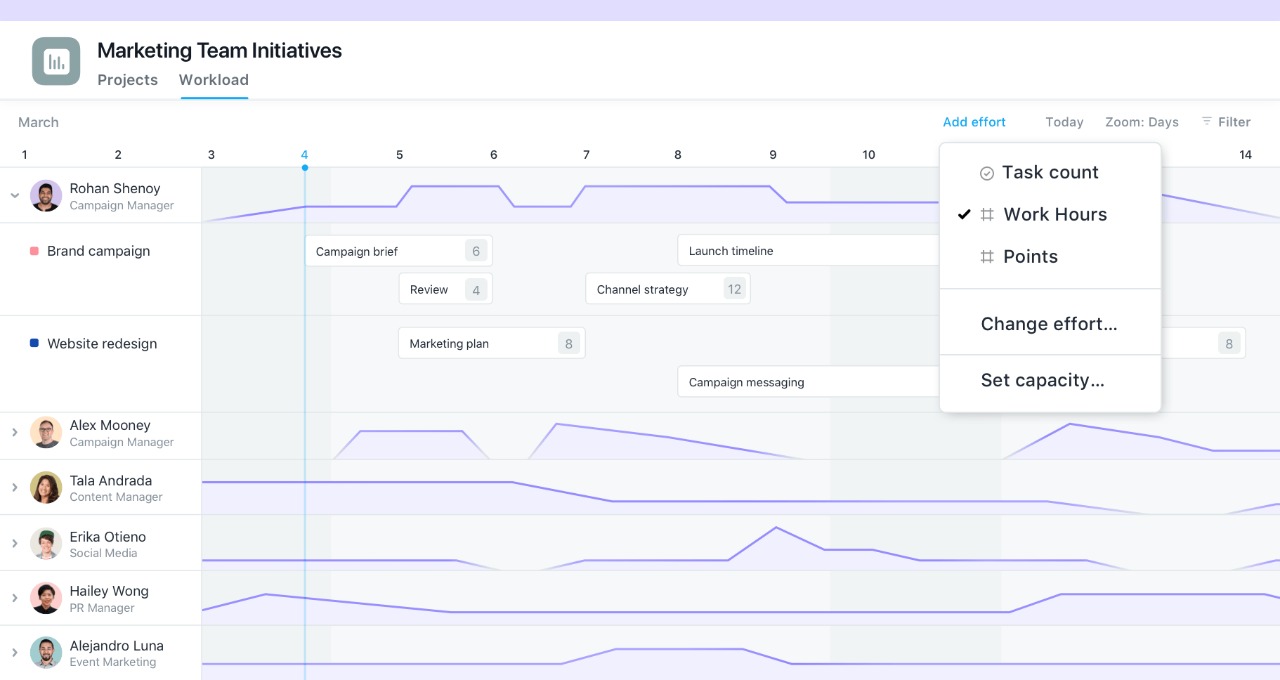
Managing the team's workload
The "Workload" feature in Asana allows you to monitor the workload of team members. Benefits of the tool include:
- Avoiding employee burnout.
- Effective task distribution.
- Optimization of project completion time.
The clear view allows for quick identification of issues related to uneven workload distribution.
Milestones in Asana – tracking key project stages
Milestones are planned completions of important stages in a project. Using milestones helps highlight key project phases and track progress toward achieving goals. Filtering projects by milestones enables quicker analysis, which is especially useful when managing a large number of projects.

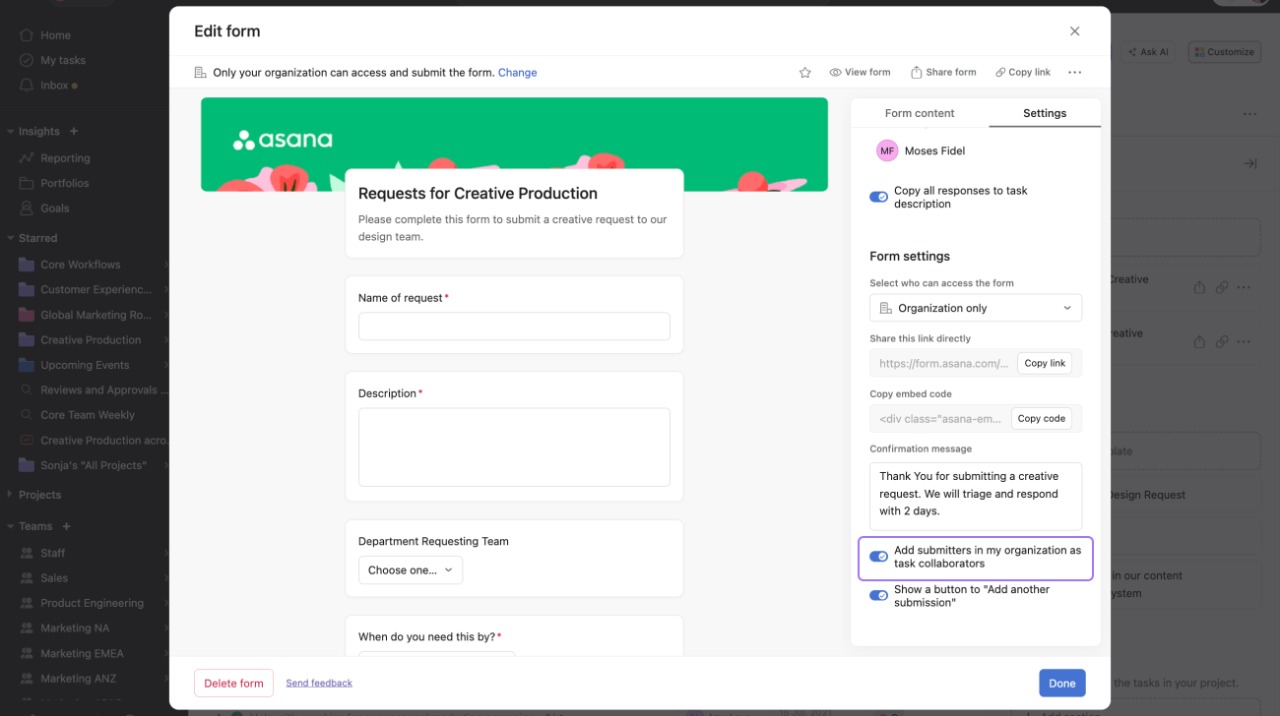
Standardize task reporting with forms.
Forms in Asana are a tool that is often overlooked by users, but they can significantly standardize incoming requests and reduce handling time. Forms allow you to collect all necessary information from the person submitting the task, eliminating the need for multiple follow-up questions for details. You can ask for priority levels, file attachments, or task type (e.g., bug, feedback, improvement suggestion). Forms can be particularly useful for departments like IT for collecting and logging bugs.
Automation of repetitive tasks in Asana
Asana, as a leader in innovation in the project management tools market, boasts highly advanced built-in Artificial Intelligence features. These solutions make daily tasks easier, improve communication, and support decision-making in ways never seen before! AI will assist you with both small actions and make numerous decisions based on deep data analysis.
Discover new opportunities for your organization with AI features such as:
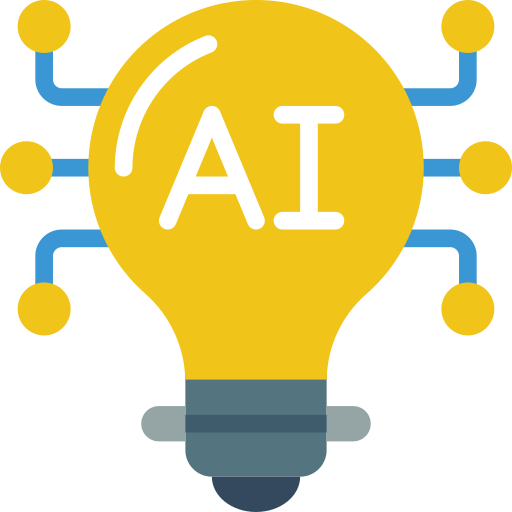
AI Studio
Creating automation rules using text descriptions.
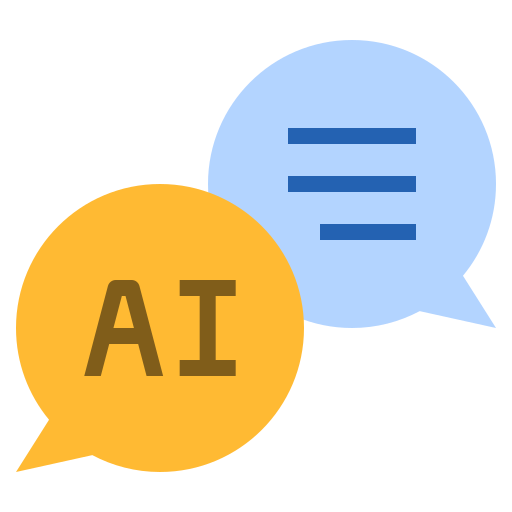
Intelligent Chat
Searching company resources to find answers to questions.
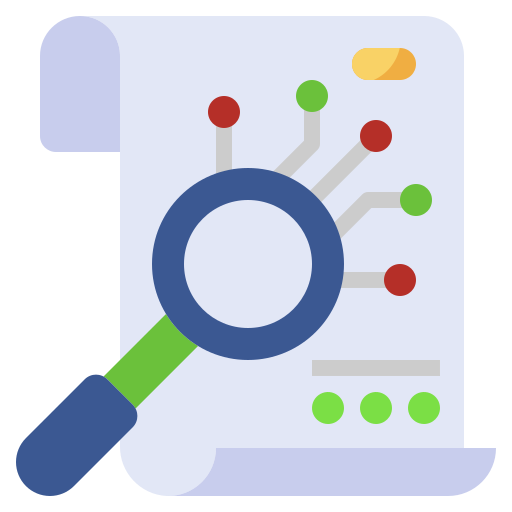
Intelligent status
Automatic data analysis from the project and generation of status updates.
Intelligent rule builder
Facilitating the creation of automation rules.
We wrote more about integrations in the article Artificial Intelligence in Project Management – AI Features in Asana
connecting Asana with other applications and tools
Asana integrates with many popular tools
Outlook
The ability to convert emails into tasks.
Jira
Task synchronization between systems.
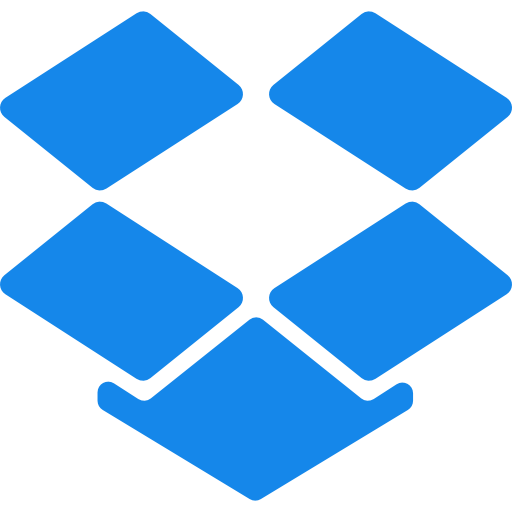
Google Drive and Dropbox
Storing and sharing documents.
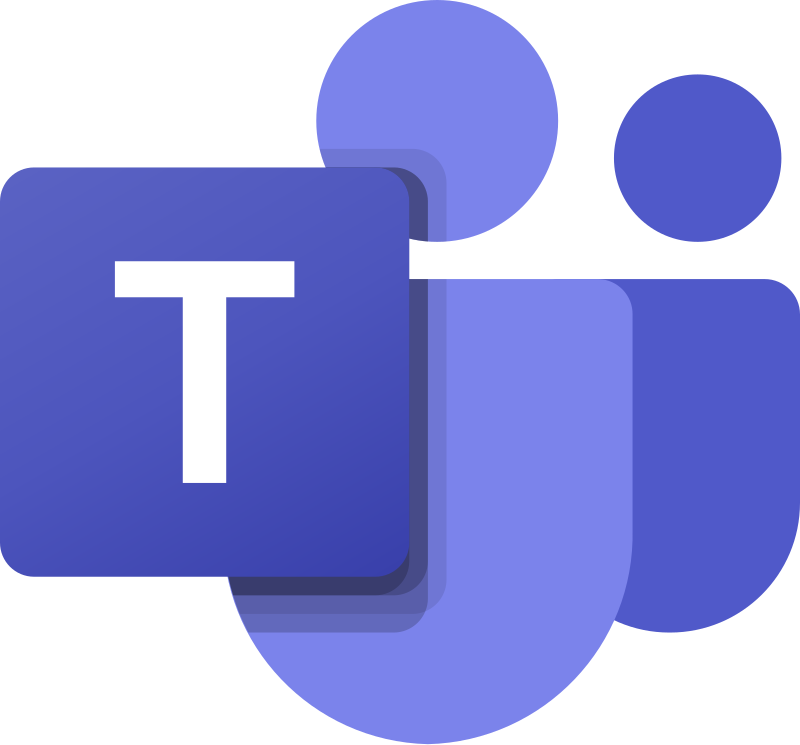
Slack and Microsoft Teams
Streamlined team communication.
Zendesk
Integration with the customer support system.

With the API, you can customize Asana to suit your needs and integrate it with any system used within your organization.
Summary
Optimizing work in Asana is key to increasing efficiency and improving project management. By utilizing various views, automation, AI, and integrations, you can significantly streamline daily tasks and enhance team collaboration. Asana offers versatile features that support both small teams and large organizations in achieving success. Investing time in learning and configuring the tool is worthwhile to fully unlock its potential.
Frequently Asked Questions
What is Asana?
Asana is a project management tool that allows teams to organize and track the progress of work on various tasks and projects.
What are the main benefits of Asana?
The main benefits of Asana are ease of use, a wide range of task management features, integrations with other tools, and the ability to automate repetitive processes.
What project views are available in Asana?
Asana offers a timeline view (Gantt), Kanban boards, and a task list view, which can be customized to different project management methodologies.
Does Asana allow integration with other tools?
Yes, Asana offers a wide range of integrations, including with Outlook, Jira, Google Drive, Slack, Microsoft Teams, and many other tools.
Does Asana have a free version?
Yes, Asana offers a free plan, as well as a 30-day premium trial version that allows you to explore additional features.
How can tasks be automated in Asana?
In Asana, you can use automation features such as recurring tasks, task templates, and automation rules to optimize repetitive processes.
How does Asana support monitoring team workload?
The "Workload" feature allows for visualizing the workload of individual team members, making it easier to assign tasks more effectively and avoid overloading.
Does Asana offer AI features?
Yes, Asana has AI features, such as AI Studio, intelligent status, and smart automation rules, which help optimize project management.
What are the benefits of using milestones in Asana?
Milestones help highlight key project stages and allow for better progress tracking, which is especially important when managing larger projects.
How can tasks be submitted in Asana?
With forms in Asana, you can standardize task submissions, eliminating the need for follow-up questions and streamlining the workflow.


